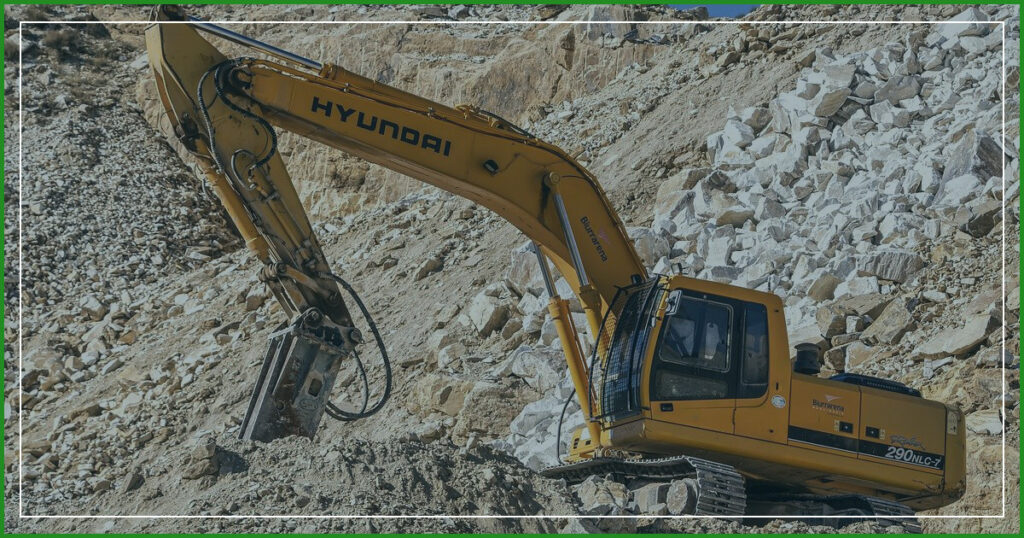What Are the Dangers of Palladium Mining in Montana?

In 2023, a miner at the palladium Stillwater Mine in Nye died in a machinery accident, per a KRTV 3 news story. This is a grim reminder that mining in Montana remains a hazardous profession. According to the Mine Safety and Health Administration (MSHA), there were 42 mining fatalities in 2023. However, out of the 12,671 mines in operation, 94,445 safety violation citations were issued. Those dangers can manifest in several different issues.
The following are some of the common injuries that miners are at risk for:
Respiratory Issues
The nature of mining involves breaking up rocks, which creates all kinds of dust particles and toxic fumes. Those fumes build up in a tight mining space and can directly infect a miner. That exposure can involve the following types of carcinogens:
- Diesel
- Asbestos
- Radon
- Silica from sand and quartz
Coal miners are specifically at risk for developing black lung disease. That can manifest in a lifetime of chronic respiratory challenges and scarring of the lungs. Black lung disease is also incurable.
Fires & Explosions in Mines
According to the University of Montana, in 1943, an explosion that happened 7,000 feet deep in a coal mine took the lives of 73 miners and injured 100 more. A buildup of toxic gases caused that explosion. Those buildups are extremely volatile. It only takes one spark from a machine to ignite the gases.
Mining Equipment Injuries & Accidents
A Journal of Quality in Maintenance Engineering study published by the National Library of Medicine detailed the injuries miners sustained using the various mining equipment machinery. Here are the injuries cited in the report:
- 20 amputated fingers
- 180 fractured hands and fingers
- 455 hand and finger lacerations
- Heat strain
You don’t have to dig deep to be exposed to geothermal energy. In addition to the heat given off by rock formations, lights, blasting, and welding equipment generate heat. Temperatures can reach upwards of 130 degrees Fahrenheit. Those levels of heat can trigger dehydration, cramps, rashes, fatigue, and heat stroke.
Hearing Damage
The type of operations needed to extract pallidum and other ores generate a lot of noise. Even with protective gear, constant exposure to those high decibels can lead to hearing loss. The Centers for Disease Control and Prevention finds that one out of four miners has hearing loss.
Rock Falls and Cave-Ins
Rock falls and cave-ins remain persistent risks for miners. Most underground mines require roof support, but those supports are not guaranteed against a potential collapse or rocks falling. Testing technologies have helped to reduce the risks of these types of accidents, but they still account for a good portion of the injuries.
Falls
Not every mining operation is underground. There are also open pit mines that involve the creation of deep quarries. Working around those heights can be dangerous. There are also risks from working in dark areas where miners might trip over equipment or unstable ground.
Fatigue
Just as with long-haul trucking, long working shifts have been normalized in the mining industry. Fatigue in the job can impact a miner’s mental alertness and response times. That increases the risk of accidents. That fatigue can also extend to muscle fatigue associated with repetitive tasks. Muscle fatigue can lead to back, shoulder, neck, and hand injuries.
Getting Help for Injured Miners
If a miner is injured on the job, their first option is to file a workers’ compensation claim. However, filing that claim does not automatically mean benefits will be awarded. Claims can be denied for various reasons that have nothing to do with the injury. Also, those benefits might not be a fair remedy for the losses sustained by a miner. Discussing those injuries with Western Justice Associates, PLLC would be best.
We are a team of legal professionals with extensive experience helping clients with workplace injuries, including mining injuries. Call to set up a free consultation to discuss what happened.








